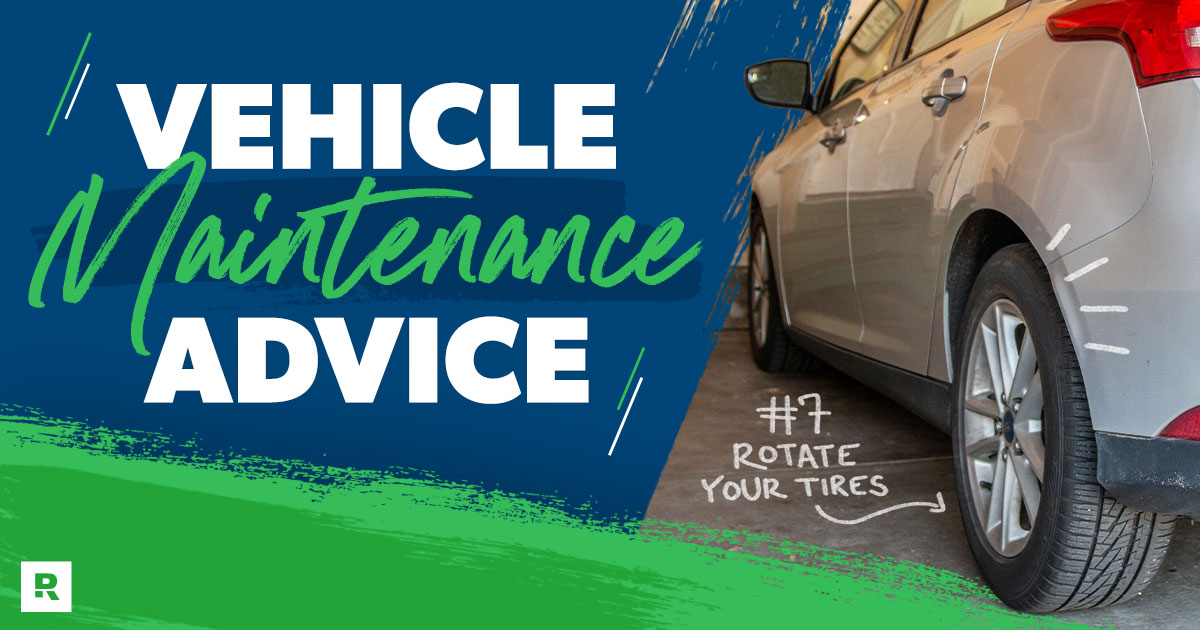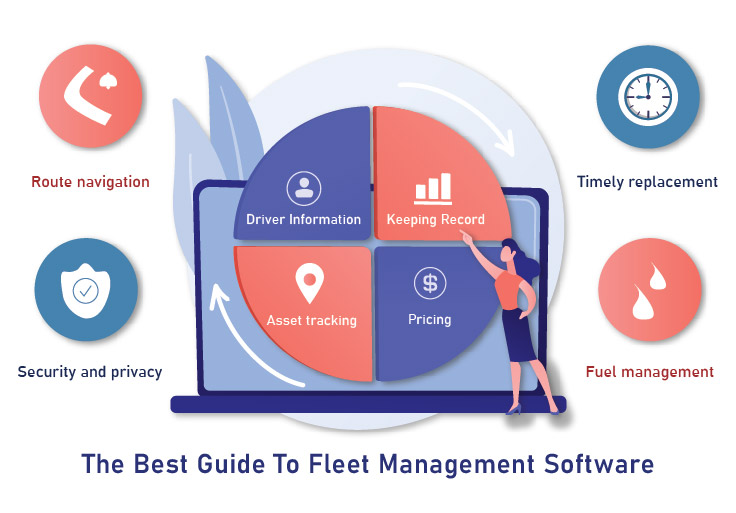6 Expert Tips for Emission Control System Repair
For emission control system repair, follow expert tips: diagnose, test, replace faulty components promptly. Ensuring your vehicle’s emission control system is in top condition is crucial for optimal performance and compliance with environmental regulations.
Proper maintenance and prompt repairs can improve fuel efficiency, reduce harmful emissions, and prolong the life of your vehicle. Here are six expert tips to keep your emission control system running smoothly and efficiently. By following these guidelines, you can maintain a cleaner, more environmentally friendly vehicle while also saving on potential costly repairs in the future.
Let’s delve into the specifics of emission control system repair and learn how to address common issues effectively.
Inspecting The Emission Control System
Proper inspection of the emission control system is crucial for identifying and resolving any issues. Conducting thorough checks ensures the system operates efficiently, reducing harmful emissions and maintaining environmental compliance.
Check Engine Light
The check engine light serves as a primary indicator of potential emission system problems. When illuminated, it signals the need for immediate inspection and diagnostic trouble code (DTC) retrieval to pinpoint the specific issue.
Visual Inspection
Visual inspection of components such as the catalytic converter, oxygen sensor, and exhaust manifold helps in identifying physical damage, rust, or deterioration that could impact emission control. This examination aids in determining if replacements or repairs are necessary.
Performing Diagnostics
Performing Diagnostics:
When troubleshooting emission control system issues, performing diagnostics is crucial for accurately identifying and resolving problems. Effective diagnostic techniques can save time and money by pinpointing the root cause of the issue.
Scanning For Error Codes
One of the initial steps in diagnosing emission system problems is scanning for error codes stored in the vehicle’s computer system.
Using Diagnostic Tools
Diagnostic tools play a vital role in diagnosing emission control system malfunctions accurately and efficiently.
Replacing Faulty Components
When addressing emission control system repairs, replacing faulty components is crucial for ensuring optimal performance and compliance with environmental standards.
Oxygen Sensor Replacement
One key component that often requires replacement is the oxygen sensor, responsible for monitoring the exhaust gases.
Catalytic Converter Replacement
Another critical component is the catalytic converter, essential for converting harmful pollutants into less harmful emissions.
When these components malfunction, they can lead to increased emissions, reduced fuel efficiency, and potential engine damage.

Credit: www.ramseysolutions.com
Cleaning And Maintenance
Proper cleaning and maintenance of the emission control system are essential for ensuring its optimal performance. Regular maintenance can help extend the lifespan of the components and prevent potential issues. Below are expert tips for cleaning and maintaining specific components of the emission control system to keep it functioning efficiently.
Cleaning Egr Valve
The EGR (Exhaust Gas Recirculation) valve plays a crucial role in reducing nitrogen oxide emissions. Cleaning this valve can help in maintaining its functionality. Follow these steps to clean the EGR valve:
- Disconnect the negative battery cable.
- Locate the EGR valve and remove it carefully.
- Use a suitable EGR cleaner to remove carbon deposits.
- Inspect the valve for any damage and replace if necessary.
- Reinstall the EGR valve and reconnect the battery cable.
Replacement Of Air Filters
Regular replacement of air filters is imperative for the efficient operation of the emission control system. Here’s how to replace air filters:
- Refer to the vehicle manual to locate the air filter housing.
- Remove the housing cover and old air filter carefully.
- Clean the housing and insert a new air filter of the same type.
- Secure the housing cover back in place.
By adhering to these expert tips for cleaning and maintaining the emission control system, you can ensure the optimal functionality of your vehicle’s emission control system while minimizing harmful emissions.
Conducting Regular Emissions Tests
Conducting regular emissions tests is an essential part of maintaining an efficient and environmentally-friendly vehicle. Emission testing procedures, along with the frequency of testing, play a crucial role in identifying any issues with your vehicle’s emission control system early on. In this section, we will dive into these two aspects and provide you with expert insights and tips to ensure the smooth functioning of your vehicle’s emission control system. Let’s get started!
Emission Testing Procedures
Emission testing allows you to evaluate the level of harmful gases and pollutants emitted by your vehicle, ensuring compliance with environmental regulations. Understanding the different emission testing procedures is key to accurately diagnosing any problems with your emission control system. Here are a few common procedures carried out during an emissions test:
| Procedure | Description |
|---|---|
| Visual Inspection | Checking for any visible signs of damage or malfunction in the emission control system components. |
| Functional Inspection | Verifying the proper functioning of various emission control system components, such as the catalytic converter and oxygen sensors. |
| Exhaust Gas Analysis | Measuring the levels of different gases in the vehicle’s exhaust, including carbon monoxide (CO), hydrocarbons (HC), and nitrogen oxides (NOx). |
Frequency Of Testing
The frequency at which you should conduct emissions tests depends on several factors, including your location and the age of your vehicle. It is important to adhere to the specified intervals to ensure optimal performance of your emission control system. Here are some general guidelines:
- If your vehicle is older than two years, an annual emissions test is usually recommended.
- In some regions with stricter regulations, biennial or even quarterly testing may be required.
- Additionally, if you notice any changes in your vehicle’s performance or experience warning lights related to emissions, it’s crucial to schedule a test promptly.
Regular emission testing not only helps detect potential issues early but also contributes to a cleaner environment. By following these tips, you can maintain a well-functioning emission control system and ensure that your vehicle remains eco-friendly and efficient for years to come.

Credit: www.fleetroot.com

Credit: www.ebay.com
Frequently Asked Questions On 6 Expert Tips For Emission Control System Repair
How Do You Fix An Emissions Control System?
To fix an emissions control system, take your vehicle to a certified mechanic. They will use diagnostic tools to identify the problem, then repair or replace any faulty components. Regular maintenance and using high-quality fuel can also help prevent future issues.
What Does It Mean When Your Car Says Emission System Problem?
A warning about the emission system signals potential issues with exhaust emissions. It could indicate a faulty sensor or catalytic converter. Get it checked promptly to prevent further damage and maintain environmental compliance.
How Much Does It Cost To Repair The Emission Control System?
The cost to repair the emission control system varies but typically ranges from $100 to $1,000. Contact a trusted mechanic for an accurate estimate.
What Does It Mean When My Truck Says Service Emission System?
Seeing “service emission system” on your truck means there is an issue with the vehicle’s emissions control system that needs attention. It indicates a problem affecting your truck’s exhaust emissions and performance. Address it promptly to maintain optimal engine function and reduce harmful pollutants.
Conclusion
Incorporating these expert tips for emission control system repair can significantly improve your vehicle’s performance and reduce harmful emissions. By following these best practices, you can ensure your vehicle complies with environmental regulations and runs efficiently. Stay proactive in maintaining your emission control system to minimize environmental impact and enhance your driving experience.

